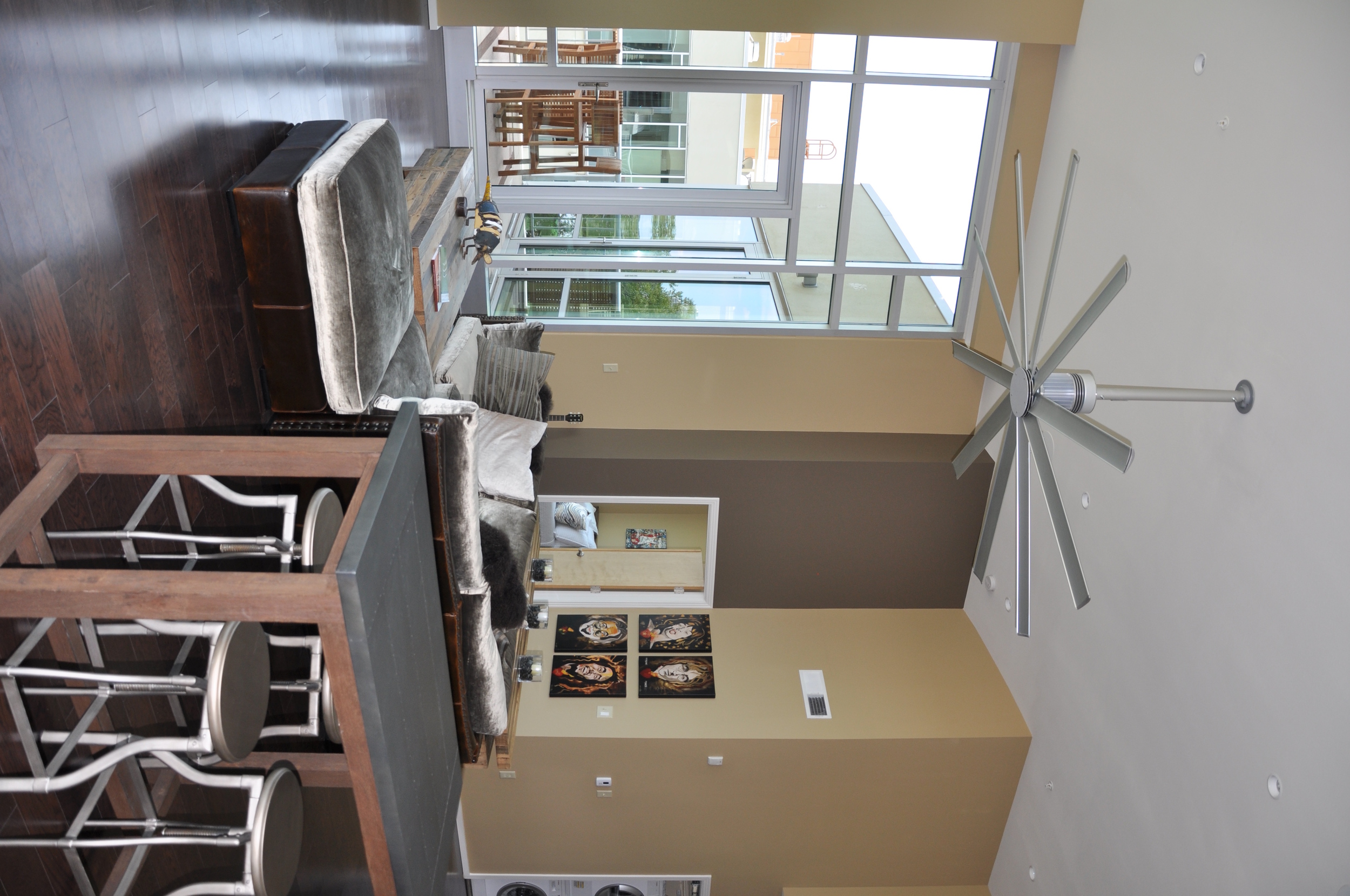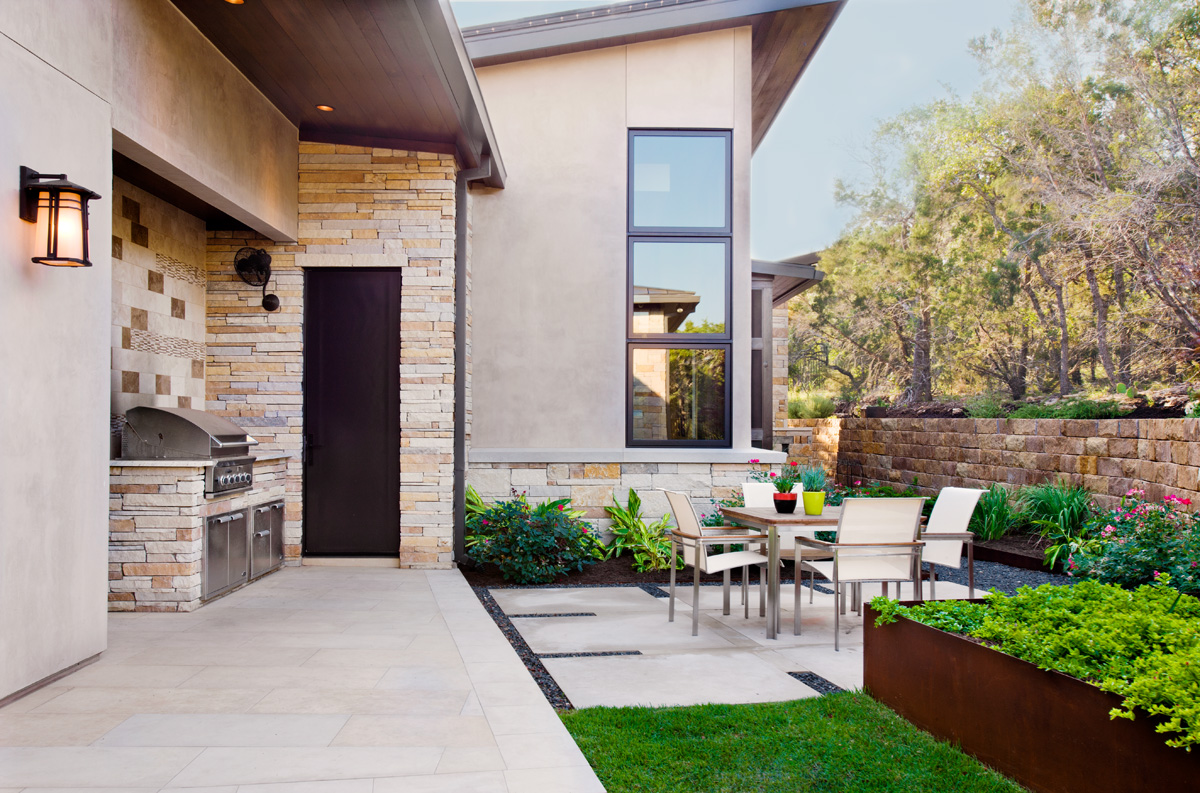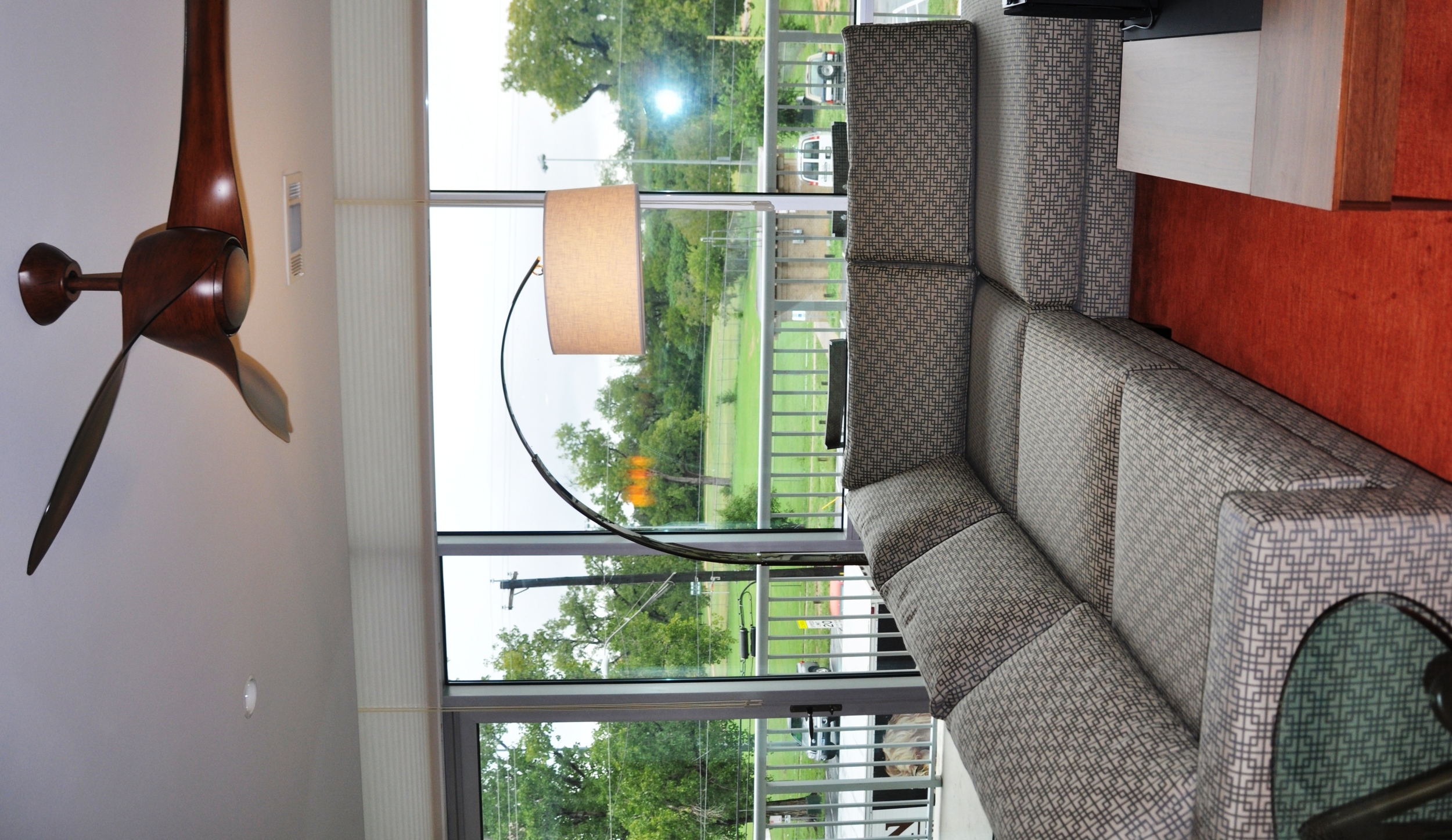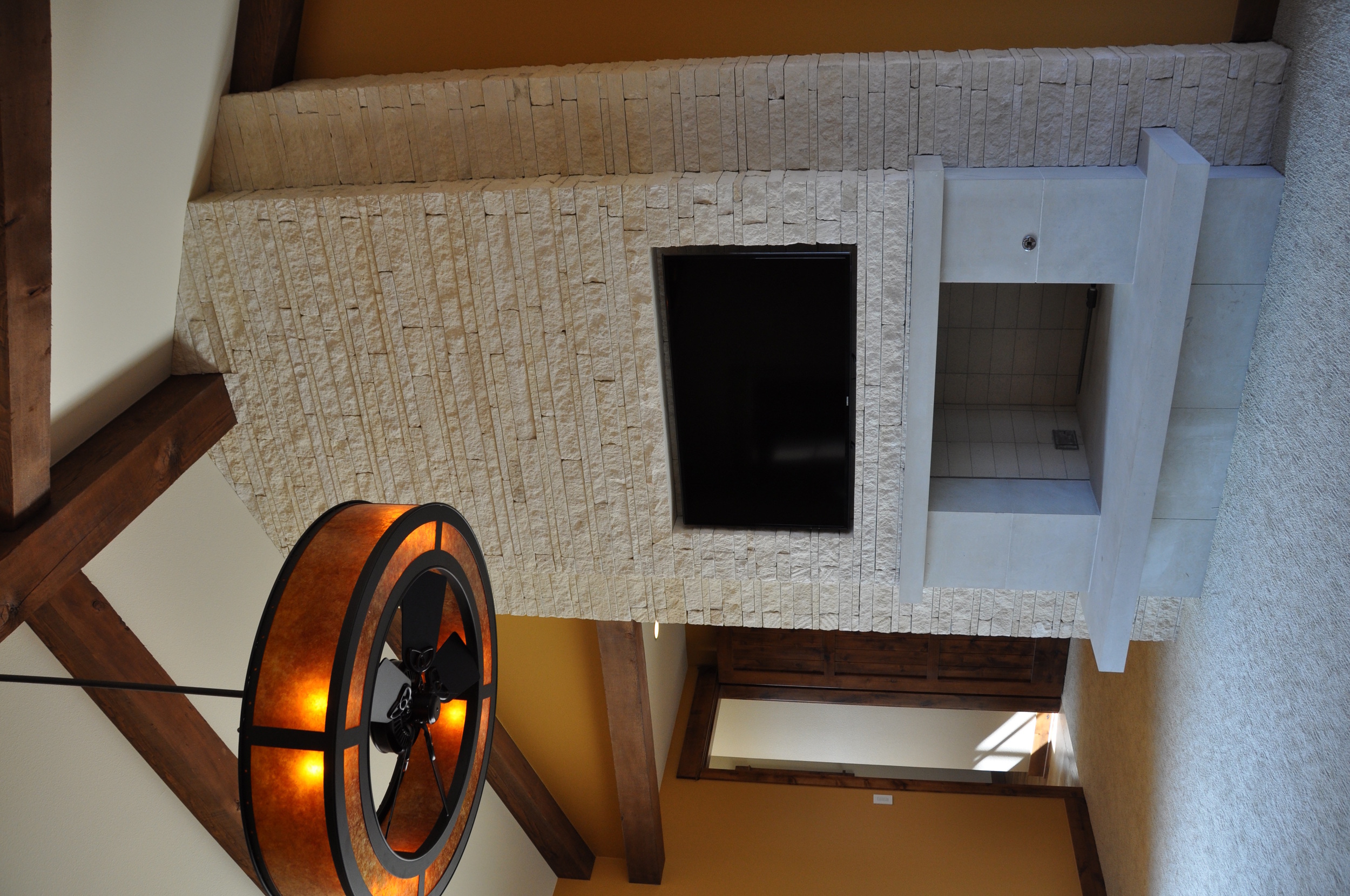One of the more common things we are seeing in houses today is a fully functional home office. More companies are trying to save money on commercial office spaces by having employees work from home and more people are running small businesses from their home. I too went through the work from home phase and was fortunate to have a "work from home professional" (my hubby) to show me the ropes and what NOT to do. He went through several work phases starting with the laptop table in bed, to watching TV in his pj's while working, to finally realizing he needed to get up, shower, dress for the day and sit at an actual desk to be the most productive.
Some of you reading this now are nodding your heads and laughing because you too have experienced one or more of these phases. When deciding if it is time to create your new home office, here are a few things to keep in mind while setting up the room to make each day productive and comfortable.
1. Ergonomics for your home office
There are several items to consider to keep you comfortable and healthy in your home office space. Do a little research to see what works best for the job you do. Here are a few things to keep in mind when starting your search.
- Us
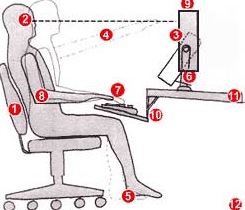 e a good chair with a dynamic back that is angled slightly to the rear.
e a good chair with a dynamic back that is angled slightly to the rear. - Top of monitor screen should be 2-3" above eye level
- No glare on screen; use an optical glass anti-glare filter where needed
- Sit at arms length from monitor; further if distance is comfortable and screen is readable.
- Rest feet on floor or on a stable foot rest (move feet frequently for circulation)
- Use a document holder, preferably in-line with the computer screen
- Wrists should be flat and straight in relation to forearms to use keyboard/mouse/input device
- Keeps arms and elbows relaxed close to body
- Center monitor and keyboard in front of you
- Use a negative tilt keyboard tray with an upper mouse platform or downward tilt-able platform adjacent to keyboard
- Use a stable work surface and stable (no bounce) keyboard tray
- Take frequent short breaks (micro breaks) and stretch.
2. Lighting for your home office
Lighting in your work space is important. Having natural sunlight in your home office can make the difference between a happy workspace and a depressing, sleepy environment (see how I said "environment" here, because we all know that no work is being accomplished in a dark and dreary office). Being able to enjoy a wonderful view of nature is a plus, but having any visual connection to the outside -even if it is just another building- can be beneficial to your work environment.
Having the right amount and type of light is important to prevent eye strain and this is achieved through layering light sources. Besides natural sunlight it is important to have general overhead lighting to provide an even sheet of light over the entire space to minimize shadows and severe dark to light contrasts that can strain your eyes over time. Another thing to consider is a good desk/task light to provide additional, focused lighting.
Here are some tips to keep in mind when lighting your work space:
- Make sure your lamp has enough light output to cover your entire work surface. Having the ability to adjust the placement and direction of the light is ideal.
- Place the lamp on the opposite side of your dominant hand to reduce shadows when writing or reading.
- Position your computer screen so it is angled away from the natural light by day and away from the light beam of the desk lamp at night. This will reduce the reflection on your computer screen.
- Use task lights combined with general lighting for reading, writing or drawing, this helps to avoid eye strain.
3. Incorporate personal touches for inspiration in your home office
All work and no play can make anyone a dull boy/girl. Make sure to include things in your space that inspire you. Whether it is photos of your family, a beautiful piece of art or a mood board to help spur your next brilliant idea. This is your space, use it how it works best for you.
There are many more factors to consider when creating your perfect home office space, it is impossible to cover them all in one blog. We at Paula Ables Interiors pride ourselves in our ability to listen to your wants and needs and create a wonderful, aesthetically pleasing environment that functions just the way you need it to. We want you to love the space you are in, whatever that room might be. Do you have a drab office space in need of some love? Or are you considering working from home and need to transform a room you can stand to be in for 8 hours, or longer, a day? We would love to help you get there.
Click here to see more blog posts by Paula Ables Interiors.


